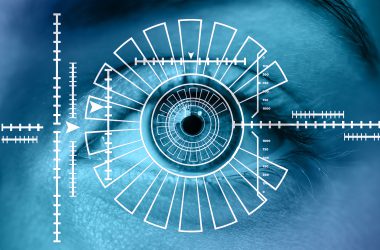Two years ago, The National Highway Traffic Safety Administration (NHTSA) started developing the guidelines for commercial vehicle communication. At the time the authorities focused on vehicle-infrastructure communication. A few days ago a proposal for vehicle-to-vehicle communication (V2V) was published online.
In the US, transport policy is falling within the sovereignty of the federal states. Therefore federal authorities only issue guidelines interpreted by the individual states. The federal authorities only issue guidelines which are individually interpreted by the individual states. The NHTSA (National Highway Traffic Safety Administration), a sub-agency of the US Department of Transportation, has recently issued three directives.
3 directives for road safety
In September the NHTSA published official guidelines for the operation of level 3 and 4 autonomous vehicles in accordance with SAE standards. The SAE splits vehicle automation into 5 levels, whereas level 5 is equivalent to the highest degree of automation. The guideline covers 15 aspects manufacturers have to take care of. These include data about application areas, safeguarding in case of system failures or HMI (Human Machine Interface) design. It also has to be clarified how the vehicle would respond to an inevitable accident – a so called ethical dilemma.
This October, the NHTSA issued additional guidelines for cybersecurity. Latter will focus on a security architecture enabling critical systems to communicate on separate channels. Manufacturers need to assure vehicle security until their scrapping. Guidelines on driver attention followed in November. The regulation applies that vehicle providers integrate a system reducing driver distraction through smartphones. During a journey particular functions like messaging or video playback shall be disabled.
Light-duty vehicles: connection required
The draft will be discussed by stakeholders such as politics, industry and research first. The NHTSA guidelines for V2V communication relate to light-duty vehicles. US Transportation Secretary Anthony Foxx sees vehicle communication as a huge opportunity to save human lifes. Just last year 35,000 people dies in road accidents in the US. If cars could “speak”, they would warn each other of dangers. Therefore US authorities launched the campaign “Road to Zero” with the goal to reduce deaths due to road accidents to zero. The NHTSA has provided 1 Million $ for the campaign.
With V2V and V2I communication the transportation authority primarily expects to reduce accident severity. Manufacturers will be obliged to integrate V2V in their light-duty models. Here the NHTSA is direly proposing industry-wide standards. Data transmission between vehicles shall be realized via DSRC (Dedicated Short Range Communication) technology. The data collected would cover the vehicles’ position, its driving direction and speed in order to calculate potential dangers. Latter are transmitted to near vehicles - 10 times per second.
Additional guidelines for vehicle-infrastructure communication are to follow soon. Vehicle communication is especially useful in cities, for example at intersections, when turning or changing lanes. V2V communication should not involve any privacy issues because it does not involve data about the persons in the vehicle, but only about the vehicle itself. Further regulations regarding privacy and data security are not formulated yet.
About the author:
David Fluhr is journalist and owner of the digital magazine “Autonomes Fahren & Co”. He is reporting regularly about trends and technologies in the fields autonomous driving, HMI, Telematics and Robotics. Link to his site: http://www.autonomes-fahren.de






